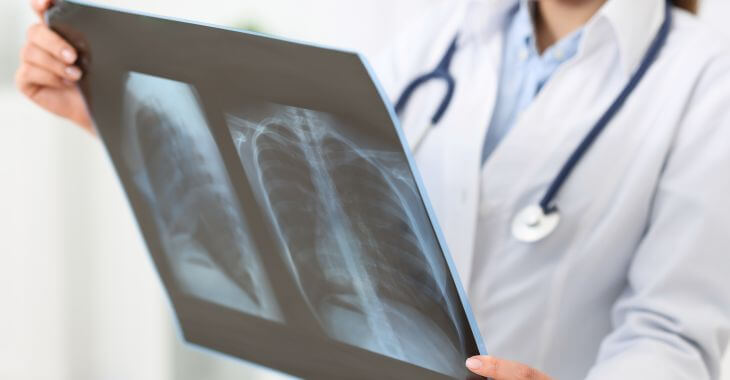Bone Density Scans
A bone density scan is a non-invasive test to best determine the health of your bones. Just ten to fifteen years ago the only way doctors could determine whether or not a person had osteoporosis was after a broken bone. Thanks to advancements in medical technology, osteoporosis can now be detected through a painless bone density test. A bone density scan uses X-rays to measure the grams of calcium and other bone minerals are within a segment of bones.
Having a bone density scan is easy, painless, and fast. Typically there is no preparation needed before the test. There are even simple versions of bone density scans available at many local pharmacies or drug stores. However, for a full and accurate evaluation, a bone density scan will be done at a medical center or hospital. The most accurate tests are measured at the spine, hip, and forearm because of the concentration of minerals and size of these bones.
During the test, you will lie on a padded platform while a mechanical arm passes over your body. This machine will take pictures of your bones, like an X-ray with very low exposure to radiation. The test is usually completed within ten minutes, and you will be free to go home or back to work. Your doctor will review the pictures taken of your bones and will report the findings to you.
Your doctor will talk with you about the density of your bones and how strong or weak they are. The higher your bone mineral content, the denser your bones are. The denser you bones are, the stronger they are. Osteoporosis is more common in older women due to changes in hormone levels that occur after menopause. However, men can be affected. Cancer treatments are known to cause significant changes to hormone levels and can contribute to lowering the density of bones.
Talk to your doctor about having a bone density scan done to evaluate the strength and health of your bones. For many people, osteoporosis can be corrected and halted when caught in time.
Posted on behalf of Diagnostic Radiology
The information provided on this website, including text, graphics, images, and other materials, is intended solely for informational purposes and should not be used as a substitute for professional medical advice, diagnosis, or treatment.

)